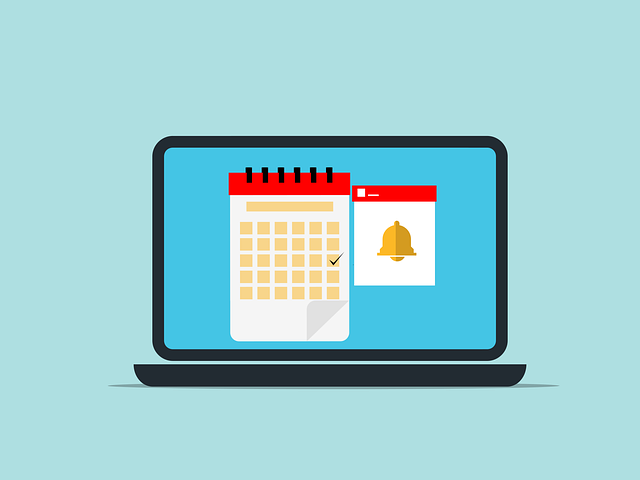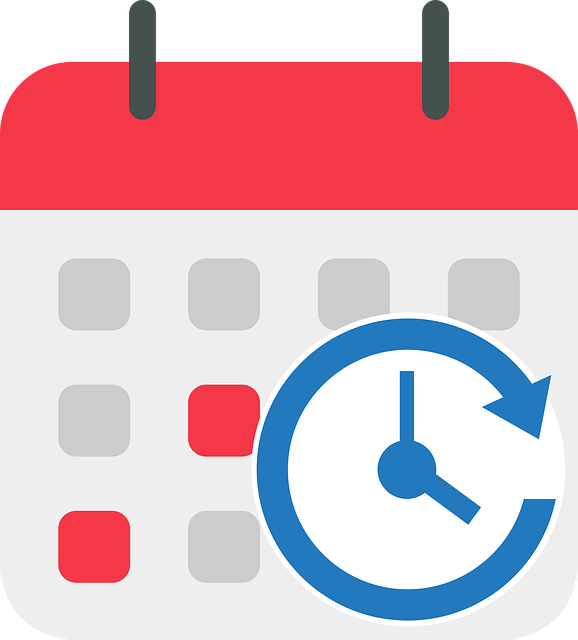Patient no-shows and low attendance rates pose significant challenges for healthcare providers, leading to financial losses and disruptions. Effective appointment alert systems, using SMS, email, or call reminders, reduce no-shows by 50% or more. By automating the reminder process, healthcare facilities optimize scheduling, improve resource allocation, and boost overall medical attendance. Personalized reminders tailored to patient preferences enhance engagement, reduce no-shows, and foster accountability for better healthcare outcomes. Measuring success through tracking and analyzing attendance rates ensures the system remains effective and adapts to changing patient needs.
In today’s fast-paced world, patient no-shows and low attendance rates pose significant challenges for healthcare providers. Technology offers a solution through automated appointment reminders sent via SMS, email, or calls, proven effective in improving patient turnout. This article explores the benefits of implementing an appointment alert system, strategies for successful implementation, enhancing patient engagement through personalization, and measuring the positive impact on attendance rates.
- Understanding Patient No-Shows and Attendance Challenges
- Benefits of Automated Appointment Reminders
- Choosing the Right Alert System for Your Practice
- Implementation Strategies: SMS, Email, and Calls
- Enhancing Patient Engagement with Personalized Alerts
- Measuring Success: Tracking Attendance Rates Improvement
Understanding Patient No-Shows and Attendance Challenges

Patient no-shows and low attendance rates pose significant challenges for healthcare providers. No-show prevention tools are essential in addressing this issue, as they help reduce the financial losses associated with empty appointments and minimize disruptions to patient care schedules. Understanding the root causes of no-shows is crucial; these may include forgetfulness, lack of transportation, scheduling conflicts, or even apathy towards medical appointments.
A well-designed appointment alert system, incorporating reminder calls, SMS, or emails, can significantly improve attendance rates. These reminder services act as powerful tools, ensuring patients are informed and engaged throughout the process. Clinic reminder automation, for instance, can automate the entire process, from sending initial reminders to rescheduling or canceling appointments, thereby fostering a more efficient and patient-centric environment.
Benefits of Automated Appointment Reminders

Automated appointment alert systems, such as SMS, email, and call reminders, offer numerous advantages for healthcare providers and patients alike. These technology-driven solutions significantly reduce patient no-shows by proactively communicating important information. Patients appreciate the convenience of receiving timely alerts, ensuring they stay informed about their appointments without constantly checking their schedules.
Furthermore, appointment alert systems enhance medical attendance rates by fostering a sense of accountability among patients. The automated reminders serve as gentle nudges, encouraging individuals to prioritize their health and well-being. By implementing these effective no-show prevention tools, healthcare facilities can improve resource allocation, optimize scheduling, and ultimately boost overall medical attendance.
Choosing the Right Alert System for Your Practice

Selecting an effective appointment alert system is a strategic move to enhance patient engagement and reduce no-shows. The ideal choice depends on various factors unique to your healthcare practice, such as patient demographics, volume of appointments, and existing communication channels. SMS reminders have high open rates and are cost-effective, making them a popular option. Email alerts offer more detailed messaging and customization but may face lower engagement if patients consistently overlook them. Automated phone calls excel in delivering timely, personalized messages, especially for last-minute reminders.
Integrating these tools into your healthcare scheduling system ensures seamless operations. Consider features like customizable alert intervals, patient preferences, and analytics to track the success of no-show prevention tools. An efficient appointment alert system not only boosts medical attendance rates but also strengthens patient relationships by demonstrating your practice’s commitment to their timely care.
Implementation Strategies: SMS, Email, and Calls

Implementing an effective appointment alert system requires a multi-channel approach to reach patients where they are most accessible. Short Message Service (SMS) remains a powerful tool, offering immediate delivery and high open rates, making it ideal for time-sensitive reminders. Healthcare providers can automate SMS alerts to be sent out 24–48 hours prior to an appointment, with options for rescheduling directly through the message.
Email and call reminders complement SMS by engaging patients through different communication preferences. Email reminders provide a written record of the appointment, while phone calls offer a more personal touch. A reminder call service can be automated to dial out sequentially, allowing for a friendly nudge and potential no-show prevention tools like offering rescheduling options or gathering reasons for missed appointments to identify areas for improvement within the clinic’s scheduling system.
Enhancing Patient Engagement with Personalized Alerts

Personalized appointment alert systems have revolutionized patient engagement by offering a more direct and tailored approach to communication. Instead of generic reminders, these systems utilize patient data to send targeted alerts via SMS, email, or phone calls. By incorporating personalized messages that consider individual preferences and behaviors, healthcare providers can significantly improve patient response rates. For instance, a reminder call service might adapt its tone and content based on the recipient’s past interactions, making the alert more relevant and increasing the likelihood of attendance.
This tailored engagement strategy not only helps in no-show prevention tools but also fosters a sense of accountability and respect for the healthcare provider. Patients are more likely to prioritize their appointments when they feel heard and understood, leading to better attendance rates and, ultimately, improved healthcare outcomes. In the world of healthcare scheduling reminders, personalized alert systems stand out as game-changers, ensuring that every patient receives the care they need without unnecessary delays or disruptions.
Measuring Success: Tracking Attendance Rates Improvement

Measuring success is a critical component of any effective appointment alert system. By tracking and analyzing attendance rates before and after implementing technology-driven reminders, healthcare providers can quantify the impact on no-show prevention tools. This data-driven approach allows for continuous improvement in medical attendance boost. Automation through clinic reminder automation plays a pivotal role in this process by providing real-time insights into patient engagement.
Healthcare organizations can monitor changes in attendance trends, identify patterns, and make informed decisions to optimize their appointment alert systems. Regular evaluation of these metrics ensures that the clinic reminder automation remains effective and adapts to evolving patient needs, ultimately fostering better patient adherence and overall medical attendance boost.
